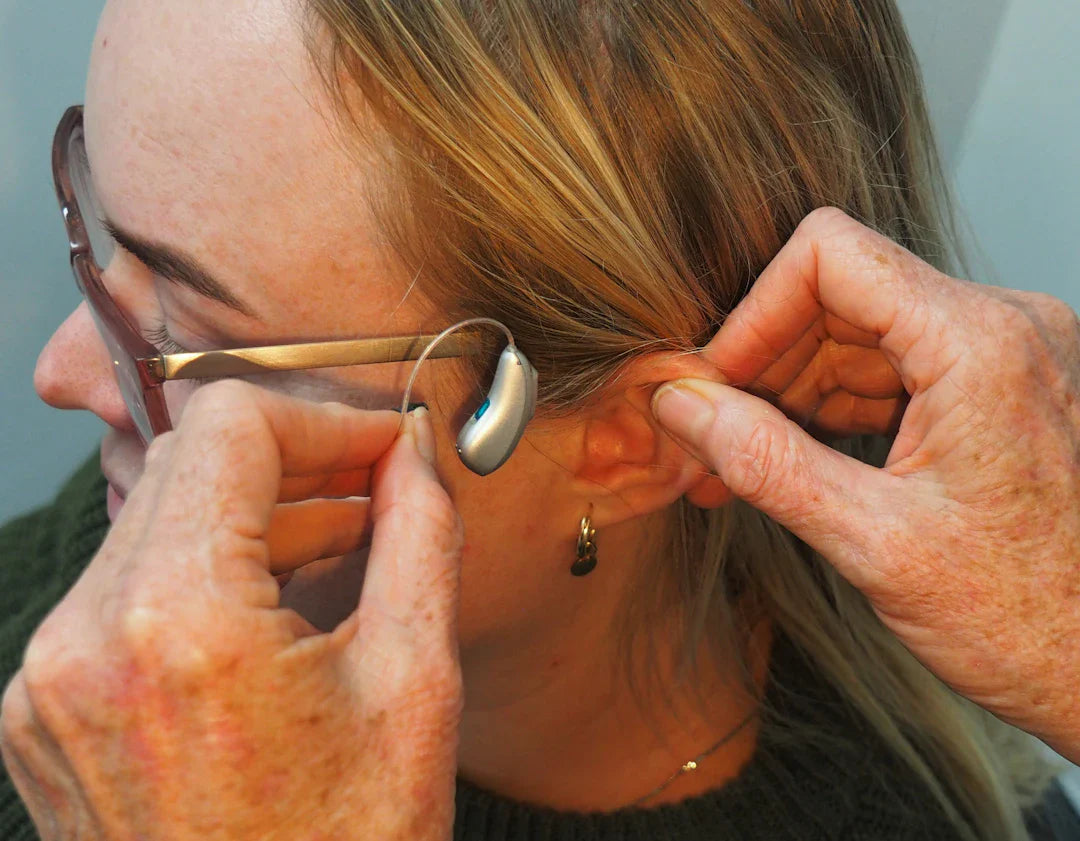Frequently Asked Questions
1. What are the main types of hearing aid batteries?
2. How long do hearing aid batteries typically last?
3. What maintenance tips should be followed for hearing aid batteries?
4. What signs indicate that my hearing aid might need professional attention?
5. How has digital technology impacted modern hearing aids?
Hearing aids are essential devices for millions of people around the world, enhancing their ability to hear and engage with their surroundings. One key aspect of maintaining hearing aids that is often overlooked is understanding the batteries that power them and the maintenance required to keep them in peak condition. In this article, we will delve into hearing aid batteries, their types, lifespan, and essential maintenance tips to ensure you get the most out of your hearing aids.
The Importance of Hearing Aids in Hearing Care
Hearing aids play an important role in hearing care by helping individuals with hearing loss communicate effectively and enjoy a better quality of life. With advancements in technology, modern hearing aids are equipped with the best hearing aid microphone, enhancing sound quality and making conversations clearer. Thus, proper maintenance is crucial for these devices to continue delivering optimal performance.
Types of Hearing Aid Batteries
Understanding the different types of hearing aid batteries is vital for effective management and upkeep of your devices. Generally, there are three main types of batteries used in hearing aids:
Zinc-Air Batteries
- What They Are: Zinc-air batteries are the most commonly used type in hearing aids. They are activated by air, which means that they must be exposed to air once the seal is broken.
- Lifespan: They typically last between 3 to 14 days, depending on usage and the power required by your hearing aids.
- Advantages: These batteries offer a good balance between cost and longevity, providing reliable power for most users.
Rechargeable Batteries
- What They Are: As the name suggests, rechargeable batteries can be charged multiple times and are increasingly incorporated into modern hearing aids.
- Lifespan: These batteries generally last for up to 24 hours on a single charge, making them convenient for everyday use.
- Advantages: Cost-effective in the long run and environmentally friendly, as they reduce battery waste.
Silver-Zinc Batteries
- What They Are: Silver-zinc batteries are less common, but are known for their high energy density and lower environmental impact.
- Lifespan: Their lifespan is similar to zinc-air batteries but is often more efficient for high-power devices.
- Advantages: They are rechargeable, lightweight, and provide stable power output.
Choosing the Right Battery for Your Hearing Aids
When selecting the best battery for your hearing aids, consider the following factors:
- The type of hearing aid you own.
- Your daily usage and lifestyle.
- Your budget.
- Environmental considerations.
Be sure to consult your hearing care professional for personalized recommendations on the best hearing aid microphone and type of battery that matches your needs.
Battery Maintenance Tips
Proper battery maintenance can significantly extend the life and performance of your hearing aids. Consider these useful tips:
Regularly Replace Batteries
Replace your hearing aid batteries regularly to ensure optimal performance. Depending on the type of battery and usage, staying vigilant about battery replacement helps avoid unexpected shutdowns.
Keep Batteries Dry
Moisture can be detrimental to batteries. Store them in a dry place, and never allow them to come into contact with water. If your hearing aids become wet, remove the batteries immediately and allow the devices to dry completely.
Check the Expiry Date
Batteries have an expiry date, and using expired batteries can lead to decreased performance. Always check the packaging for the date, and replace batteries before they expire.
Clean the Battery Contacts
Over time, dirt and moisture can accumulate on battery contacts, affecting performance. Regularly clean these contacts with a soft, dry cloth to maintain optimal conductivity.
Daily Hearing Aid Maintenance
In addition to battery maintenance, keeping your hearing aids free from dirt, wax, and moisture plays a crucial role in their longevity. Here are some essential practices to ensure the continued efficacy of your hearing aids:
Daily Cleaning Routine
Establish a daily cleaning routine to keep your hearing aids in excellent condition. Use a soft, dry cloth or a specialized cleaning brush to remove any debris.
Use a Hearing Aid Drying Kit
A drying kit or dehumidifier helps remove any moisture collected during the day. This upkeep is particularly important in humid climates or during sweaty activities.
Signs Your Hearing Aid Needs Attention
Even with proper maintenance, hearing aids may occasionally require professional inspection or adjustments. Look out for these signs that may indicate it's time for a check-up:
- Inconsistent sound quality or distortion.
- Frequent buzzing or feedback noise.
- Flat batteries that drain quickly.
- Physical damage to the hearing aid casing.
- Difficulty adjusting the volume or settings.
When to Seek Professional Help
If you observe any of the above signs, don't hesitate to contact your hearing care specialist. Regular check-ups ensure that your hearing aid continues to provide the best possible experience, and they can offer advice on updates or replacements if needed.
Understanding Hearing Aid Fittings
The fitting process for hearing aids is equally vital to successful hearing care. A proper fit ensures maximum comfort and effectiveness. This process involves:
Consultation
Your journey begins with a consultation to assess your hearing needs. Your hearing care professional will conduct tests to understand the nature of your hearing loss.
Customisation
Once your specific needs are identified, your audiologist will customise your hearing aids. This includes adjusting the settings to cater to your lifestyle and preferences.
Follow-up Appointments
After fitting, follow-up appointments are crucial. These visits allow for fine-tuning, ensuring that the performance of your hearing aids aligns with your expectations.
Embracing the Digital Age of Hearing Aids
Modern hearing aids have incorporated cutting-edge digital technology, making them more efficient and user-friendly. Features such as Bluetooth connectivity allow for seamless integration with smartphones and other devices, making it easier to maintain connectivity.
Smartphone Applications
Many hearing aids are now compatible with smartphone applications that offer control over settings and sound preferences. This technology empowers users to adjust their hearing experience according to their environment.
Personalised Settings
With the advancements in technology, users can personalise their hearing aids’ settings based on their lifestyle. For instance, you can have different settings for quiet environments versus noisy ones, providing the best experience no matter where you are.
Looking Ahead in Hearing Care
The future of hearing aids appears promising, with continuous research and development paving the way for new innovations. As technology continues to evolve, we can expect smarter and more effective solutions for managing hearing loss and enhancing communication.
Incorporating AI into Hearing Aids
Artificial intelligence (AI) is set to revolutionize hearing aids, offering features like automatic adjustment of sound settings and improved clarity in challenging auditory environments. This will further enhance hearing care and the overall user experience.
Staying Informed
Keeping up to date with the latest advancements in hearing aids is essential for both users and their caregivers. Websites, forums, and audiology conferences are excellent resources to learn about new trends and best practices in hearing care.
Empowering Your Hearing Journey
Understanding hearing aid batteries and maintenance is a crucial step towards effective hearing care. By following the tips and guidelines mentioned above, you can prolong the life and effectiveness of your hearing aids, ensuring they remain a valuable part of your daily life. Embrace the technology, stay informed, and together, let's strive for better hearing health!




